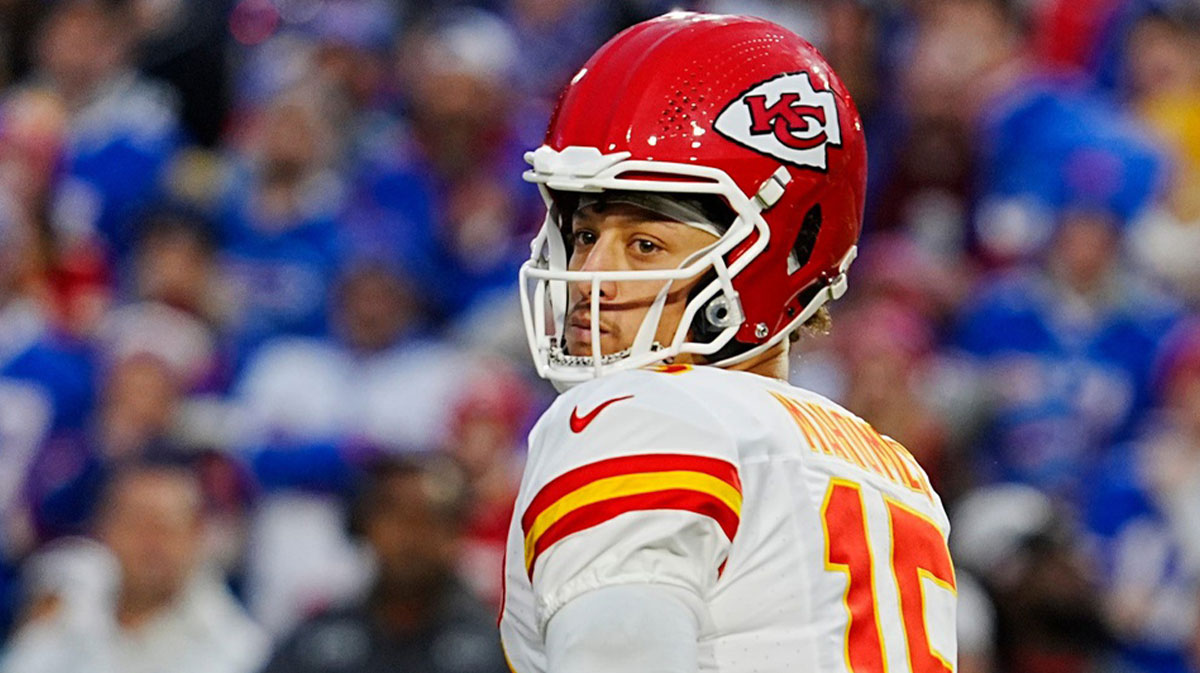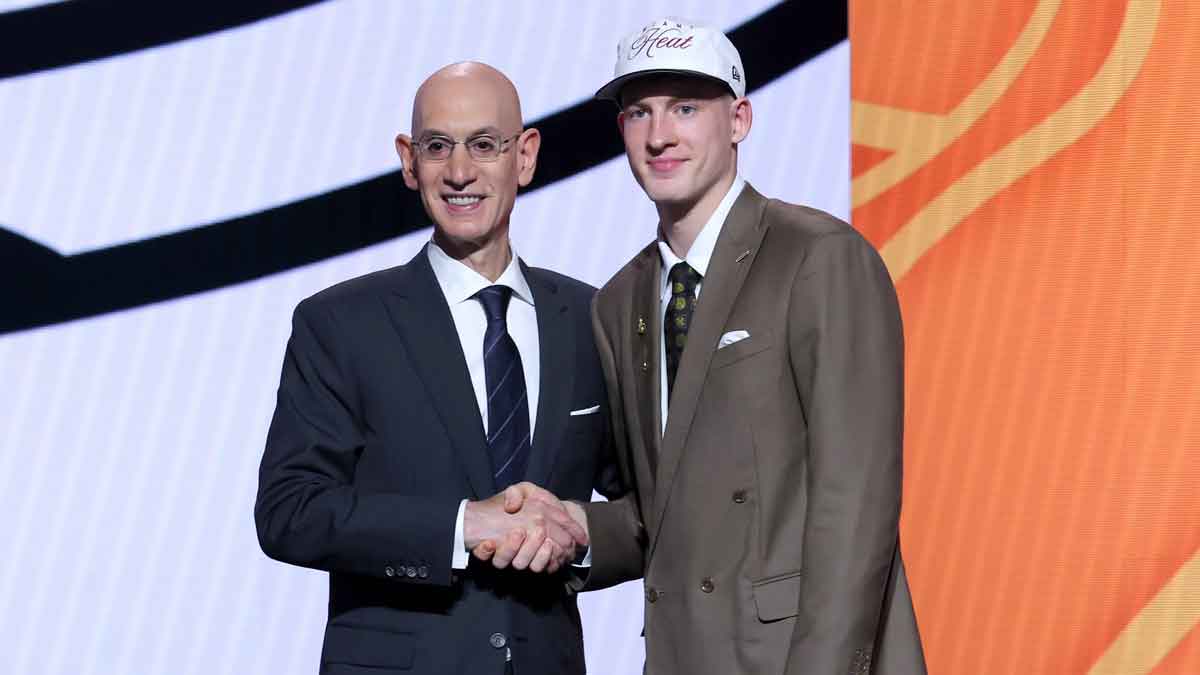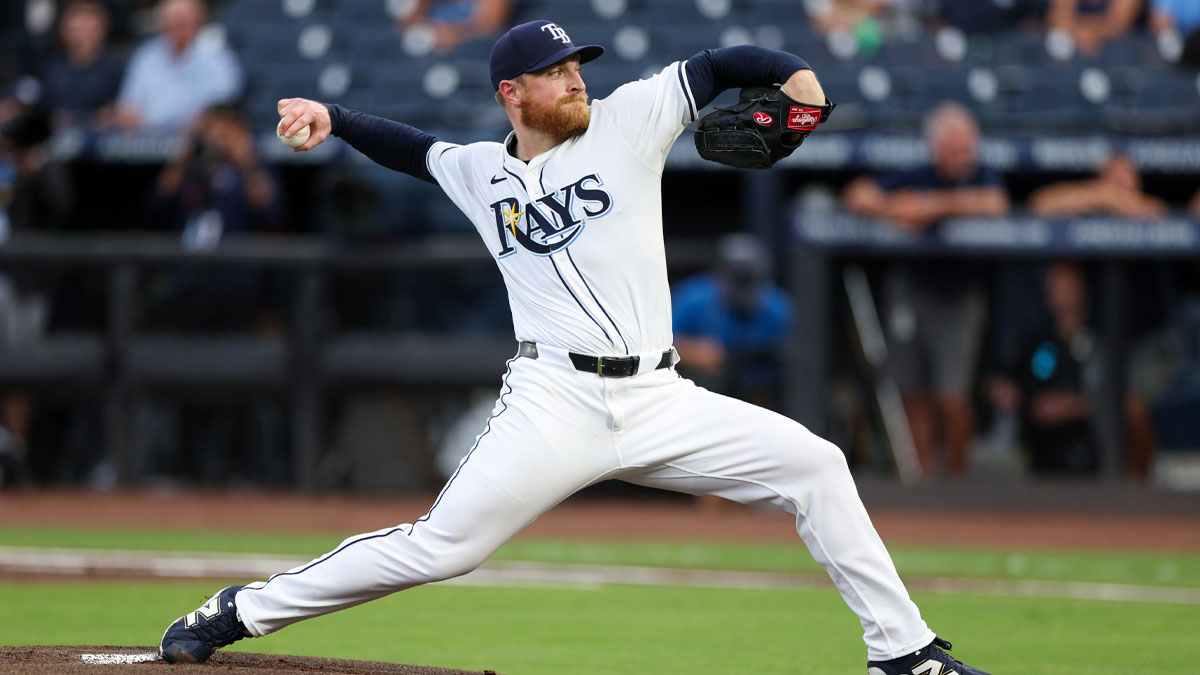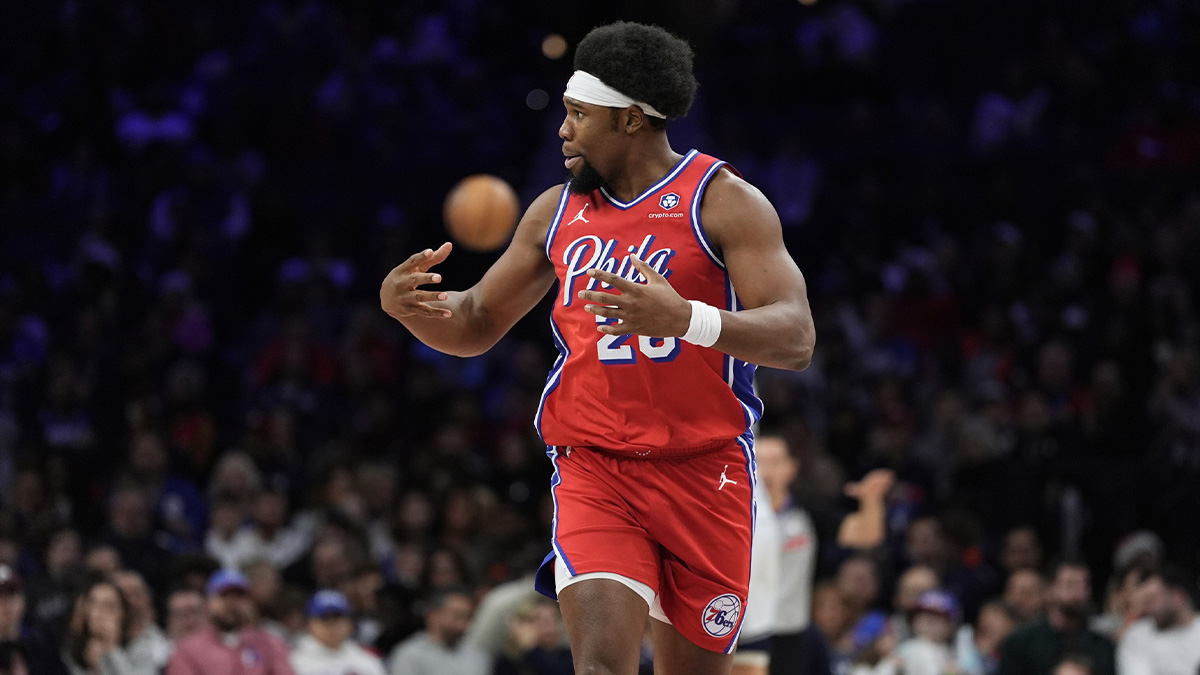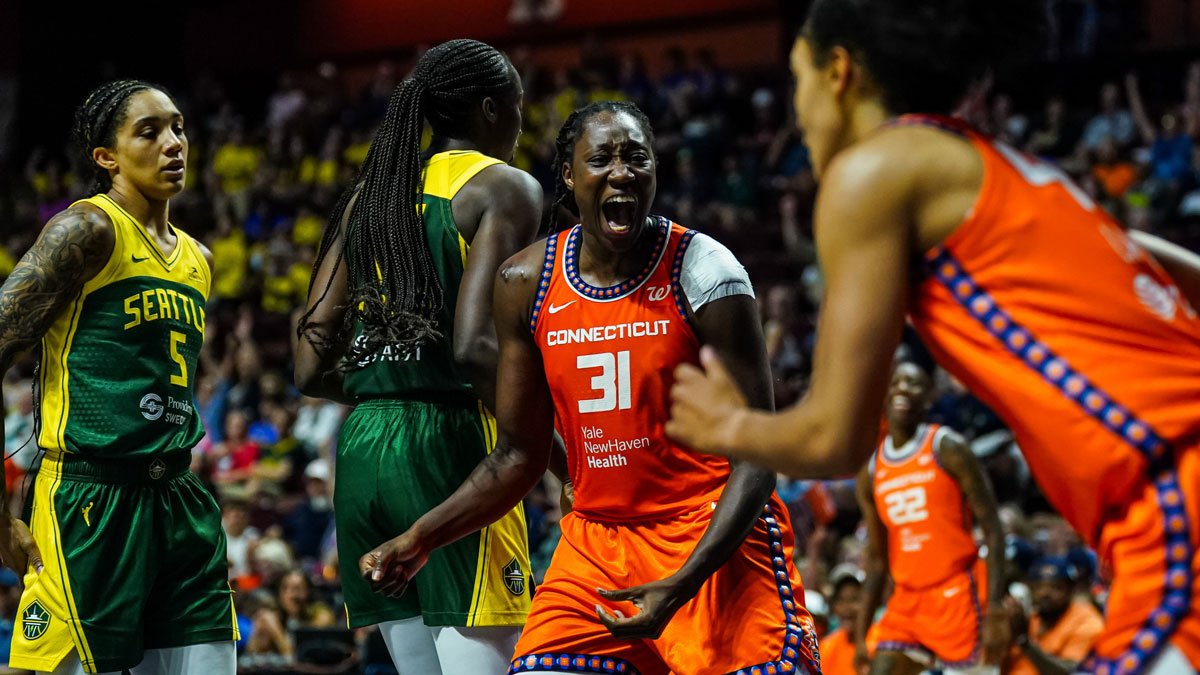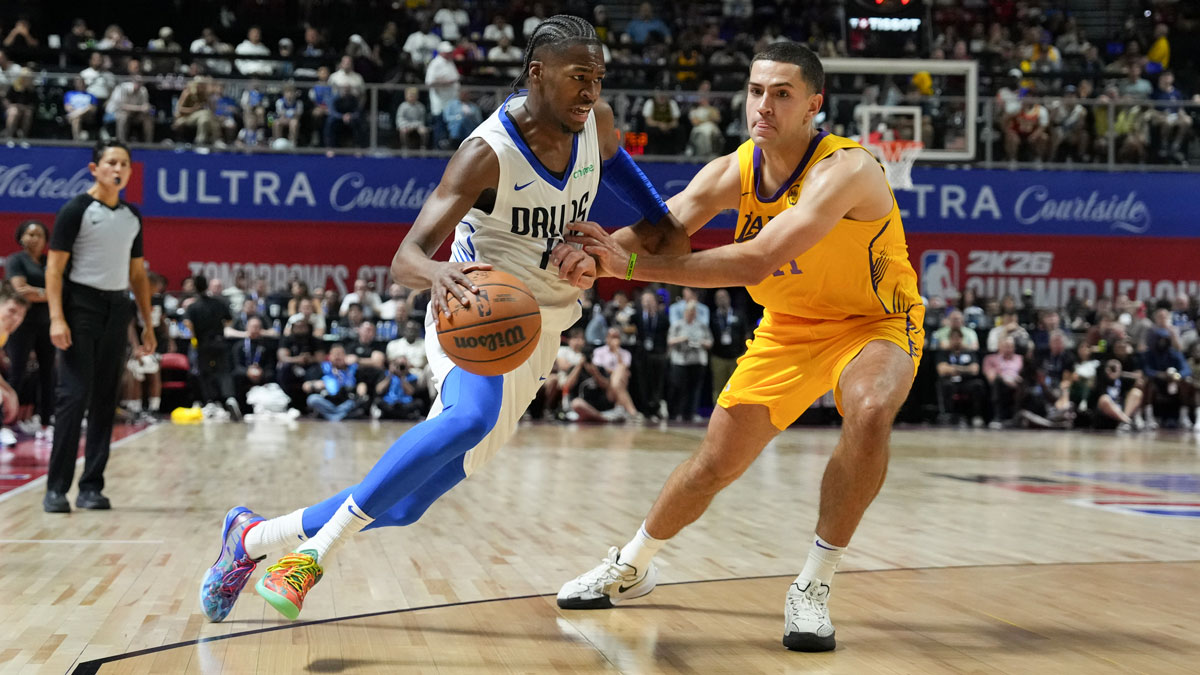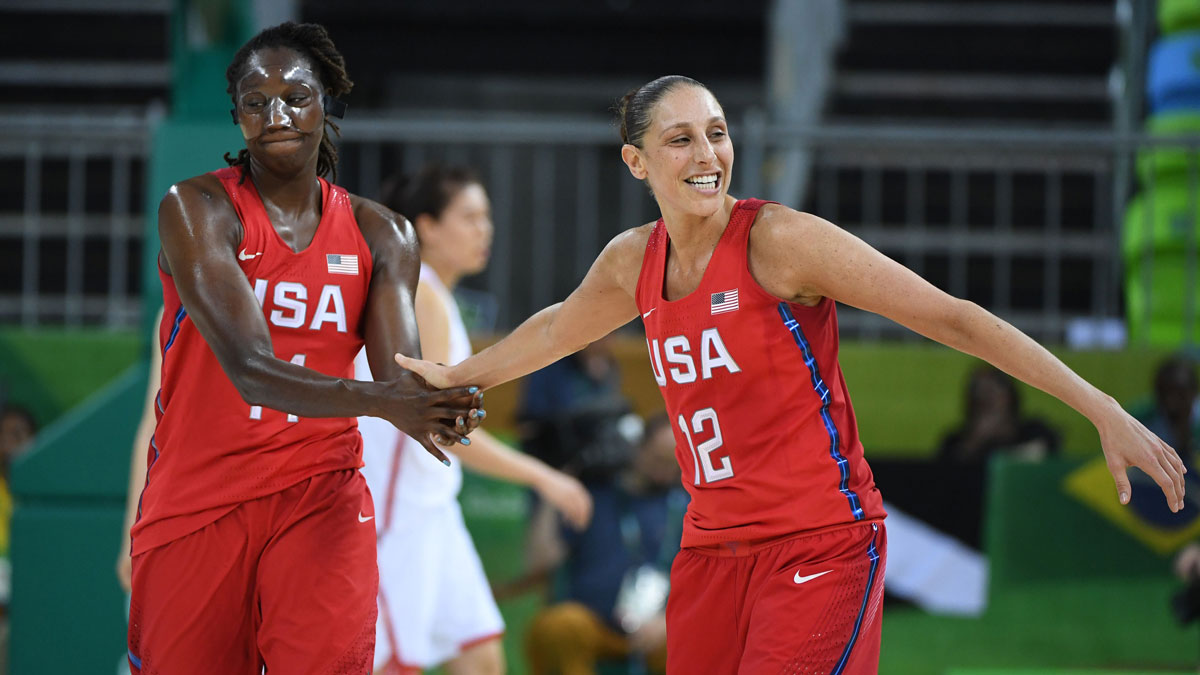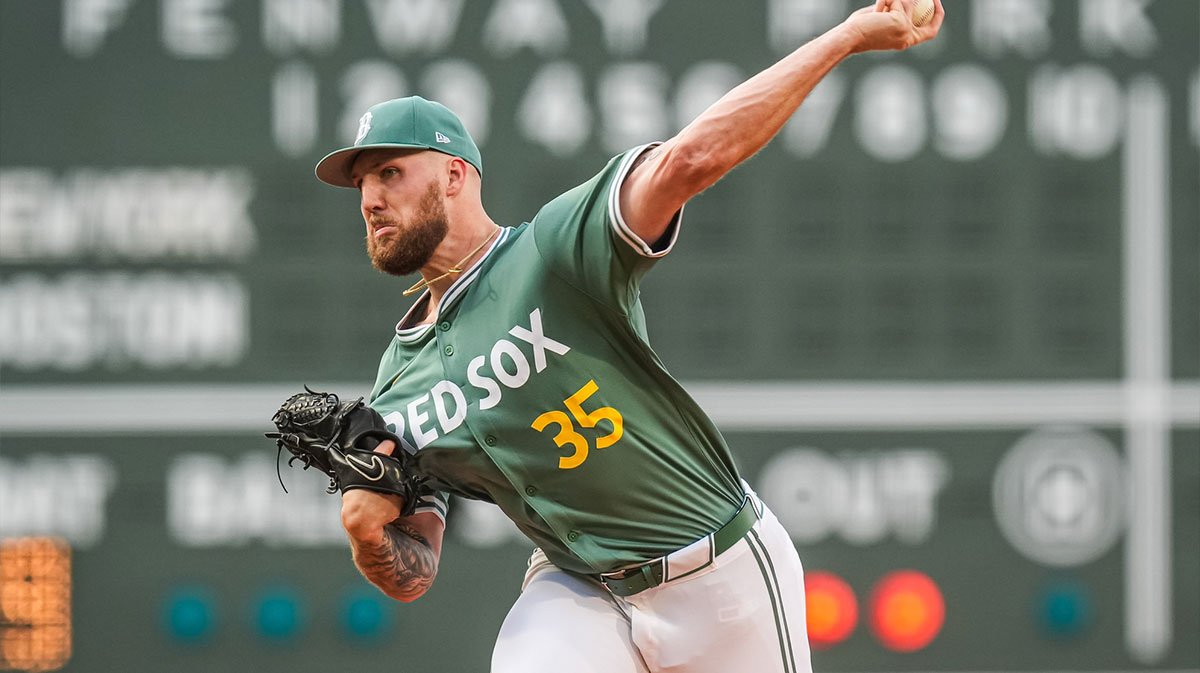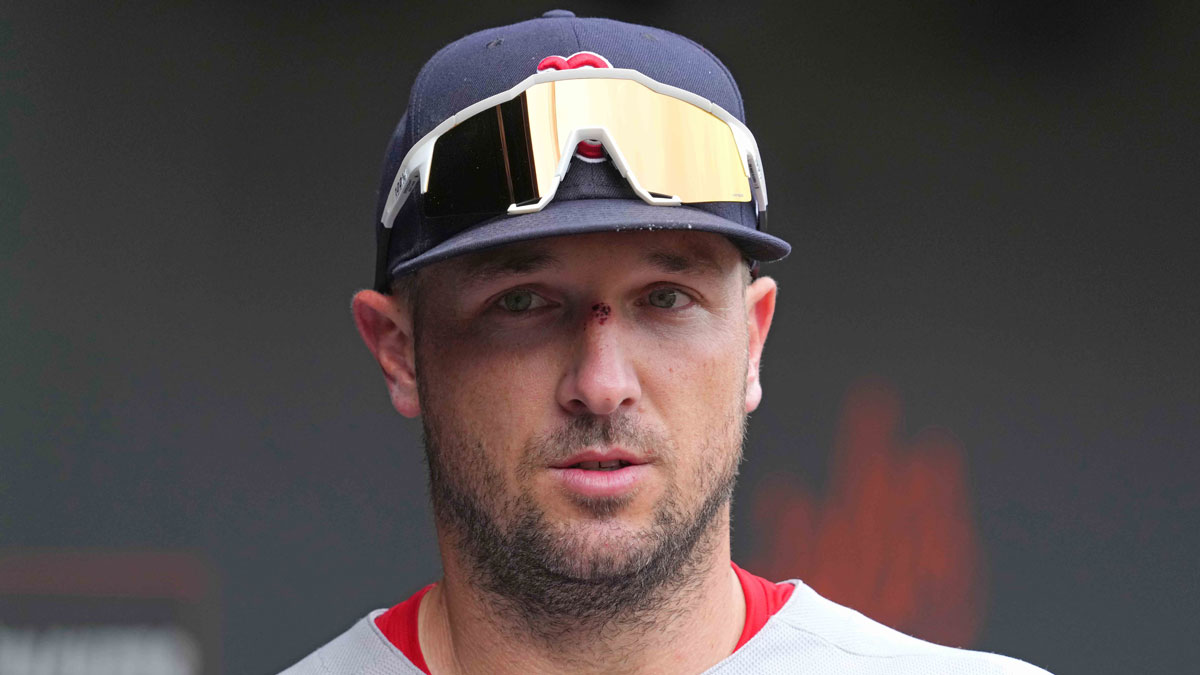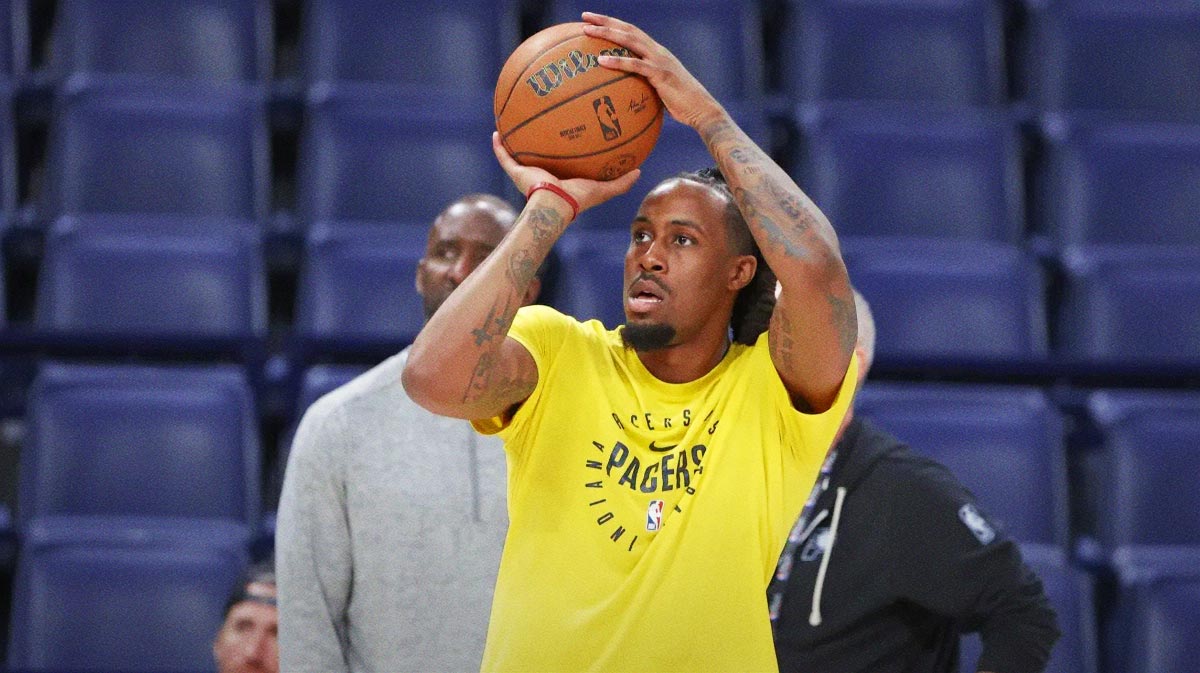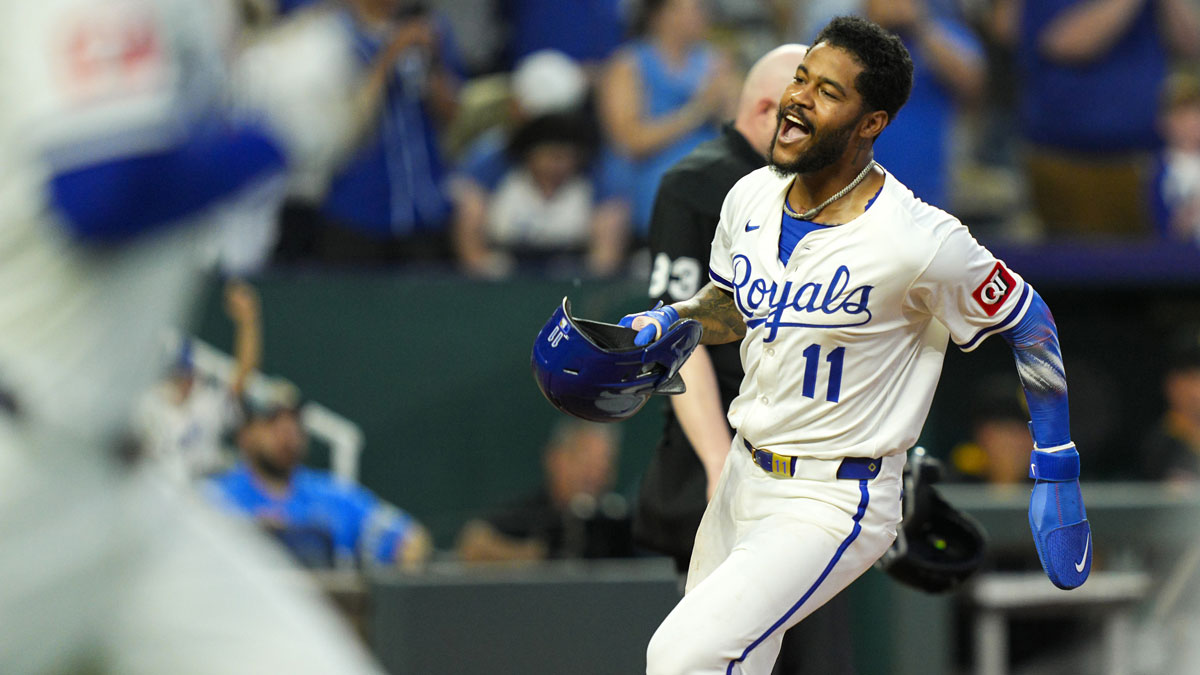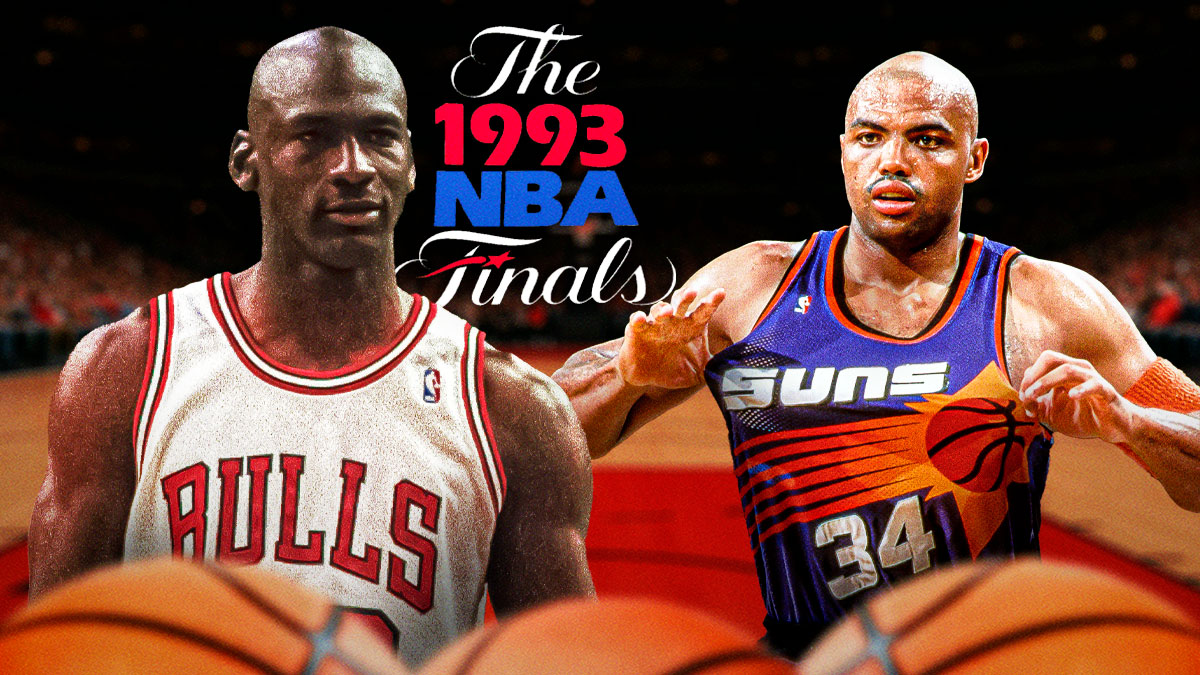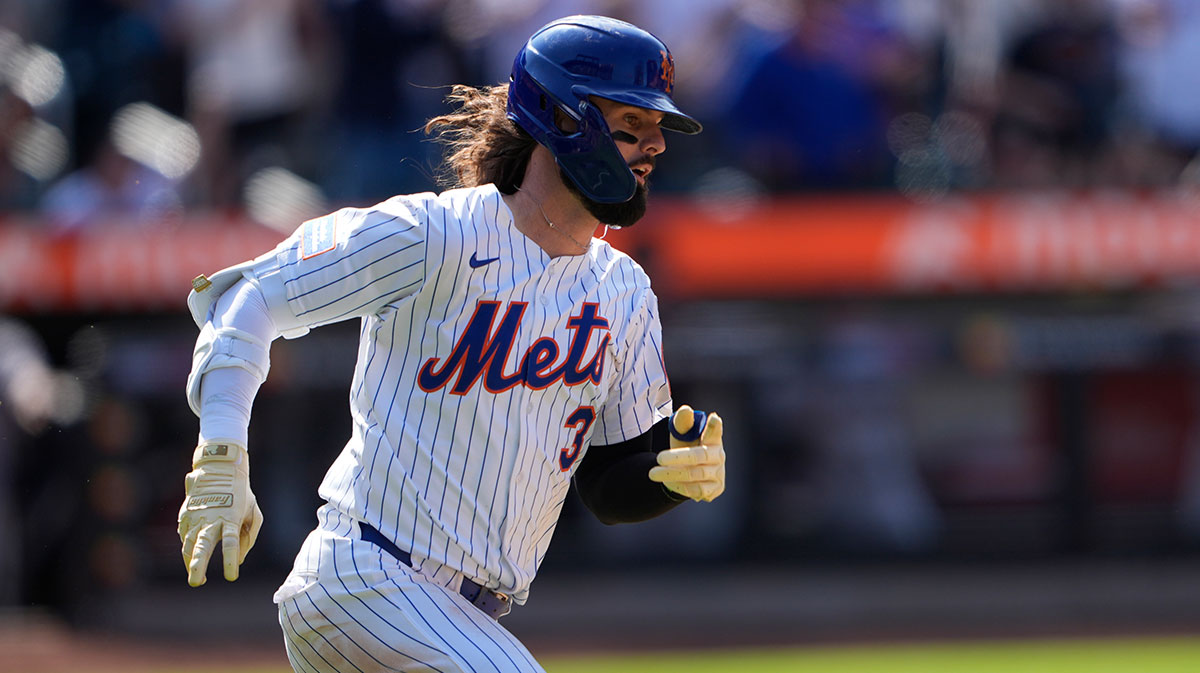The crazy times of the 2020 Pokemon card market feel like just yesterday, but in reality are relatively far off. Yes, that unforgettable year still speaks, and its waves are still felt today, but the fact of the matter is that two years have passed since that legendary hype train rolled into the station.
Of course, 2020 was an incredibly distinctive year in its own right, leaving an indelible mark not just on America, but on the entire planet. As a result, pretty much everything saw some sort of change.
The collectible world as a whole acted rather strangely in 2020. While most involved in any sort of collectible arena expected a fairly big (if not drastic) dip in the market given the state of the economy at that time, something quite different occurred: The market saw a rather significant uptick.
This was especially true when it came to Pokemon cards, as a perfect storm of events catapulted the once insulated hobby into the mainstream.
Why did that happen? Well, to be quite frank, the market was already experiencing a slight boom in late 2019, before the earth-shaking pandemic of 2020 even happened. But the effects of that pandemic greatly accelerated that bull market.
With so many people working from home and leisure activities such as restaurant visits, going to the movies and attending sporting events on hiatus, discretionary income began to pile up for many. And in times of crisis, people of all ages tend to gravitate toward something comfortable and nostalgic, something that gives them a warm, fuzzy feeling and perhaps reminds them of their childhood.
Taking those factors into consideration, it's no wonder why so many flocked to Pokemon cards in 2020. Then, on top of that, internet mogul Logan Paul opened a 1st Edition Base Set booster box in a YouTube live stream event that attracted hundreds of thousands of concurrent viewers, further compounding the situation and bringing even more people into the fold.
As a result of all of these variables, Pokemon cards saw a massive increase in sales and a gigantic increase in price. Suddenly, cards that you could pick up for $40 a year or two earlier were going for hundreds. Sealed boxes and packs went through the roof. People all over were going through their closets and attics, discovering their childhood binders of Pokemon cards and either listing the cards raw on eBay or sending them to third-party grading companies (most notably PSA), then putting them up for sale once they received the cards back (more on that in a bit).
While there was unquestionably organic interest in Pokemon cards that had been building for about five years prior to the tremendous boom, there is also little doubt that much of what we saw in 2020 was a bubble and not sustainable—at least in the short term.
That brings us to the fourth quarter of 2022. Are people worldwide still talking about Pokemon cards? Yes, but not on the same level as the craze we witnessed two years earlier. The pandemic has slowed down to the point where life has essentially returned to normal for most, meaning everyone is now back to spending most of their disposable income on things they couldn't in 2020 (and some of 2021).
In turn, the prices of most Pokemon cards have dropped not quite back to where they were pre-pandemic, but enough where the incentive to send any card you have–even if that card was a Base Set Weedle with whitening on all four of the back borders–off to a grading company to try and increase the value for sale is no longer there.
So, are we in a seller's market? A buyer's market?
That's where it gets tricky. If you had to lean one way, you would probably say it's more of a buyer's market, but I'm not sure either category applies at the current point in time.
Let's keep in mind that things are returning to normalcy when it comes to grading companies. PSA saw such a heavy influx of card submissions in 2020 and early 2021 that it was forced to shut down most of its operations in March 2021. At that time, the lowest option for grading (officially called the value service) was $20 per card. That value tier finally reopened this past June at $30 a card, and while that price is obviously exorbitant, PSA just did an $18 special for the month of July.
It seems to be only a matter of time before it drops the price of value grading in general. Whether it goes back to $20 or maybe even lower remains to be seen, but at the very least, things are moving.
For that reason, potential buyers are less likely to snap up any graded card they see on eBay. They are more likely to try and buy cards raw (ungraded) and grade them directly to save some money. That hadn't really been possible for the last two years. Not only did PSA shut down in 2021, but they became so inundated with orders that it took many submitters over a year to get their cards back. For example, I sent out two submissions to PSA in 2020. One came in June, the other was in December. It took me until last September to get my first order back, and my second order was returned to me two months ago.
Because PSA was in such a state of dormancy for so long, less patient collectors and investors were opting to simply buy cards already graded to save themselves time. But now? Things are a bit different, which is resulting in fewer sales and lower prices.
This is where knowledge of the market comes into play. Those who have been here for five years or more have a general understanding of how things work. We saw a similar cycle between 2016 and 2018: Boom, and then a dip. Perhaps not to the extent of what occurred between 2020 and 2022, but still a familiar sequence.
Identifying value is key here. A perfect example of this would be the PSA 10 1st Edition Jungle Pikachu. We saw this card hit prices around $1,000 in 2020 and early 2021, even though it is a very common card with tons of graded copies (it was probably a $50 item prior to the boom). Now, this card has fallen back to around $200, and while that is still clearly well above what it once was, it's probably not the best choice if you're attempting to get the best bang for your buck.
If you had been around for an extended period of time before that particular Pikachu card reached its peak, you probably knew it wasn't going to last. If you were new to the hobby at the time? You may have bitten the bullet and bought it at that price. It's all a learning experience.
We'll break the topic of value down more and really get into the nitty gritty of it in future articles, but the basic principle of supply and demand does apply here.
As for the fourth quarter of 2022? It's no longer the wild west in the Pokemon card world, but we are entering a period where knowledge, understanding and shrewd decision-making will make or break you.
It's almost a sort of stalemate. Sellers don't want to let go of certain cards for the current prices, and buyers (particularly newer collectors and investors seeing what they view as a declining market) don't think they are worth buying at current prices.
Again, we'll dig deeper into this and discuss value, new upcoming sets, the English vs. the Japanese market and many other topics in future pieces, because if we go too far down the rabbit hole now, this will turn into a book.
Stay tuned, and remember: enjoy the hobby.

